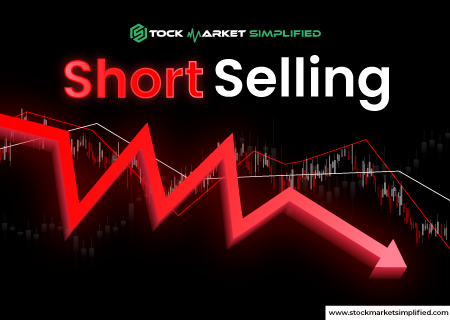Bear Market

The term, “bear market” refers to the time of stock market fall when commonly the prices are dropping or expected to fall further.
Technically seen, when the prices of stocks (mostly) drop by 20% or more from their peak points, it can be considered as a bearish phase. Generally, investors feel more cautious, uncertain, and pessimistic at such times.
But the question is – why is it called a bear market?
Opposite to bull, when a bear hits its paw, it dominates the prices, taking whatever comes next to it toward downwards. So when the market is not doing well, it is said that bears are swiping the prices down and now it’s time for a market downtrend.
What happens in a bear market?
In the bearish phase, most investors feel uncertain, unsure, and worried after seeing the falling prices and panic takes the best of their investor’s instinct. People try to sell their stocks as they feel scared of losing their money, resulting in mass panic selling. Overall, active traders more commonly make sell choices than buying decisions.
There are many reasons why a market feels bearish such as high inflation, economic downturn or recessions, political chaos, or other global factors. A market can last for months or even years, but most likely end with a good recovery and following the bull market.
While such panic can cause unstable emotions and can be challenging to sustain, many investors take it as an opportunity to buy low and average down their investment portfolio in the hope of future growth and eventual market recovery.

 Instagram
Instagram 










